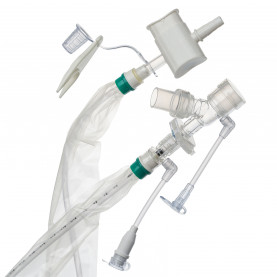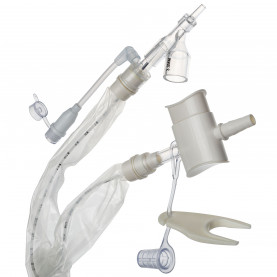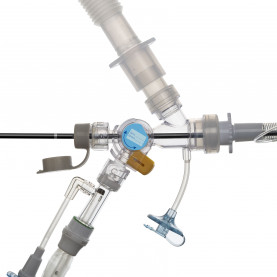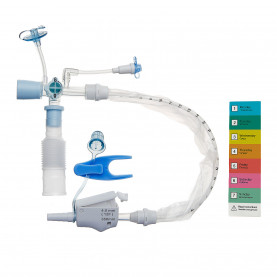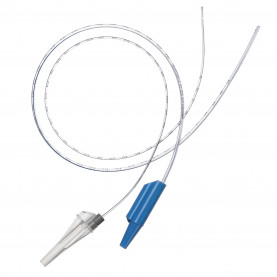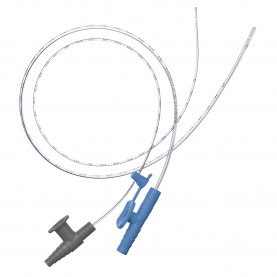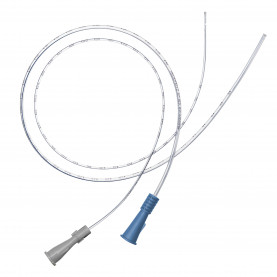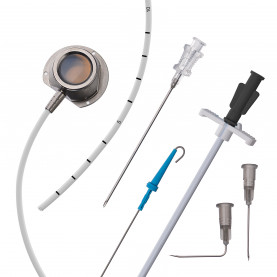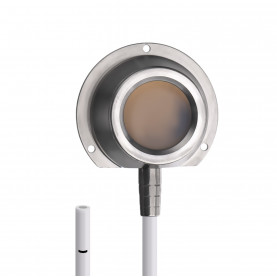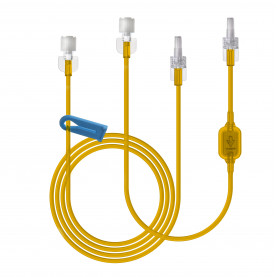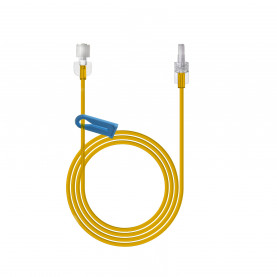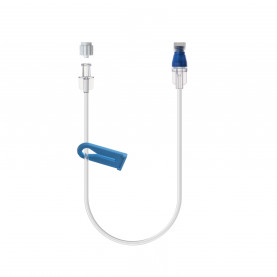Enzyme identified by Bar-Ilan researcher seen as No. 1 scientific breakthrough of 2017 in Israel
Professor Uri Nir, a researcher at Bar-Ilan University in Israel, has identified an enzyme that is key to the energy source of metastatic cancer cells, those cells that spread throughout the patient’s body at an advanced stage of the disease.

Some 10 years ago he started to develop a compound that in the laboratory has now been found to target that enzyme and selectively leads to the malignant cell’s death. This work was hailed as the No. 1 scientific breakthrough of 2017 in Israel by Israel21c, a nonpartisan website that focuses on news beyond the Israeli-Palestinian conflict.
Q: How does the synthetic compound you developed — called E260 — target and destroy cancer cells before they have a chance to spread?
This compound directly targets an enzyme called FerT that functions in the power station of cancer cells — the mitochondria. Since it is an enzyme, it must be produced in some part of our body under normal conditions. Several years ago we found that this enzyme is normally present only in the mitochondria of sperm cells.
We think that cancer cells in general — and metastatic cancer cells in particular — have recruited an enzyme that allows the metastatic cells to produce energy under harsh conditions, thereby enabling them to spread throughout a patient’s body and establish secondary tumors. When the cells leave the primary tumor, they encounter a shortage of energy and so have to produce energy under very difficult conditions. This enzyme allows them to do that. The metastatic phase is the main cause of death among cancer patients. The metastatic cells are very aggressive and do not respond to chemotherapy and other commonly available treatments. We argued that this enzyme is present only in the power stations of cancer cells. We argued that cancer cells in general and metastatic cancer cells in particular, adopted a trick from sperm cells that enable them to empower the power stations and produce energy under very challenging conditions.
Why would metastatic cells adopt a trick from sperm cells?
Sperm cells are the only cells in our body that carry on their function outside the body. When they are in our body, they are almost dormant. When they enter the birth canal of the female’s body, they activate the enzyme, thereby activating their power stations — the mitochondria — so that they can swim toward the female egg. They are getting no blood, oxygen or nutrients supply, so they have to produce energy under difficult conditions. We think that this enzyme enables them to produce energy under such conditions, and this is the trick that metastatic cells are looking for.
What did you do after this discovery?
We were the first in the world to show this concept. We published it and then decided to develop a compound that can enter the power stations of metastatic cells, find the enzyme and destroy the power stations, significantly impairing energy generation so that the cells will die. We used the most advanced chemical approaches and a robotic approach to develop the inhibitor, termed E260, of the FerT enzyme.
A robot?
We designed a collection of compounds that could theoretically inhibit the enzyme’s activity and then trained a robot to screen hundreds of thousands of compounds to determine which one effectively binds onto the enzyme and inhibits its activity. It’s a robot with arms that can be programmed and trained to carry out chemical reactions and screen compounds. Pharmaceutical companies are using similar robotics to develop anti-cancer drugs.
The metastatic phase is the main cause of death among cancer patients. The metastatic cells are very aggressive and do not respond to chemotherapy and other commonly available treatments. We argued that this enzyme is present only in the power stations of cancer cells. We argued that cancer cells in general and metastatic cancer cells in particular adopted a trick from sperm cells that enable them to empower the power stations and produce energy under very challenging conditions.
At what point will you see whether your E260 compound will work on metastatic cancer cells in humans?
We’re now negotiating with a medium-size pharmaceutical group in the United States, hoping they will take it further. We published our research in the journal Nature Communications last October and were then approached by several groups. We preferred to go with this one because it has a good experience and financial backup. We’re still in early negotiations. We hope that in two years, phase 1 clinical trials with the E260 compound will commence in humans. When there are good indications, it could be approved by the FDA in another two years.


